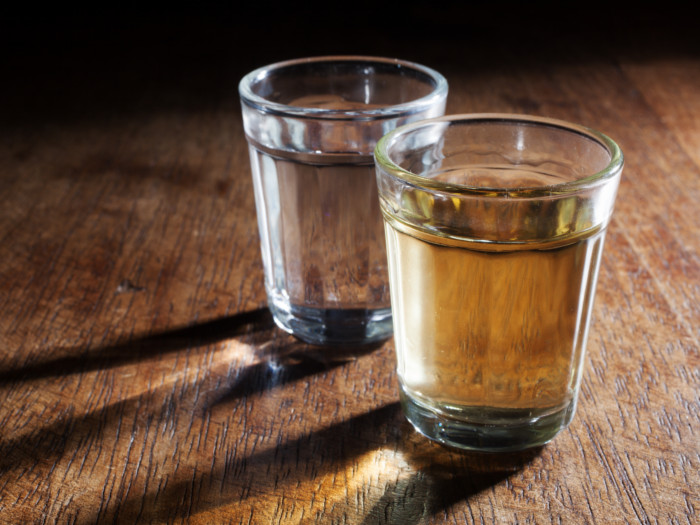While cachaça may not top the list of your favorite drinks at the bar, it is a very popular type of liquor in certain parts of the world.
What is Cachaça?
Cachaça is a spirit made from fresh sugar cane juice. It is also known by other names like aguardiente, pinga, and canine. Although nicknamed ‘Brazilian Rum’, it is legally considered a distinct drink with a different set of criteria for its production. Both rum and this liquor are made from sugar cane, but the sugar cane is processed differently. Whereas rum is made from molasses – the processed sugar cane – and is traditionally aged in oak, “Brazilian rum” is made from unprocessed cane juice and is aged in wood from trees that are local to Brazil. However, just to add to the confusion, there are a few varieties of rum that are made in a similar way to this exotic type of booze! [1]
Really good varieties of this liquor are found in Brazil or specialty shops. The flavor of “Brazilian rum” is similar to that of white rum, although it has a more herbal, grassy flavor. It runs at approximately 38-54% ABV and is most often drunk on the rocks or in cocktails. The most internationally renowned cachaça cocktail is the mint-infused Caipirinha. [2]

Cachaça is a form of cane juice spirit produced uniquely in Brazil. Photo Credit: Shutterstock
Cachaça vs Rum
There are many differences between these two alcoholic beverages, let us take a look at them.
Production
- Rum is usually made from molasses.
- Cachaça is typically made from fresh sugarcane juice.
Aging
- Rum is aged in oak barrels.
- Cachaça is aged in other types of wood local to Brazil.
Variety and Availability
- Rum comes in a greater range of colors and flavors.
- Cachaça is the preferred spirit for the Caipirinha cocktail, although some bartenders may use rum if this specialty liquor is unavailable.
Adverse Risks Associated with Alcohol Consumption: Moderation is key. The risks involved with drinking excessive alcohol can be short term such as violence and injuries to long-term health risks such as chronic diseases. According to the Centers for Disease Control and Prevention, people who should not drink alcohol include women who are pregnant, individuals younger than 21 years of age, and people who are recovering from alcoholism or cannot control the amount they drink. Also, it should be avoided by people who are planning to drive or any other activity that required focus and skill. However, different countries have different rules on alcohol purchase and consumption. [3] [4]
